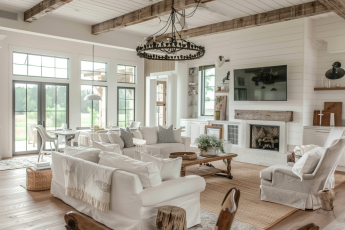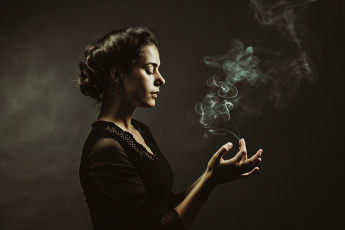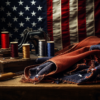So, going from the crazy complicated updos of the Victorian era to the bright and bold cuts of the 21st century, hairstyles for women in the US have seriously transformed. Every different look tells a story about cultural changes, big social movements, and personal expressions. This trip down memory lane shows us not just how beauty standards have changed, but also how our culture has been shaped by political, social, and tech changes too.
In the early 1900s, the Gibson Girl rocked soft, piled-up hair, showing off what was seen as the perfect feminine beauty at the time. But when women started joining the workforce during World War I, they needed something more practical, and that’s when bobs became all the rage in the 1920s. This wasn’t just a fashion choice; it was a super bold way of showing independence and modern vibes, reflecting the social changes and the big wins of the suffragette movement at the time.
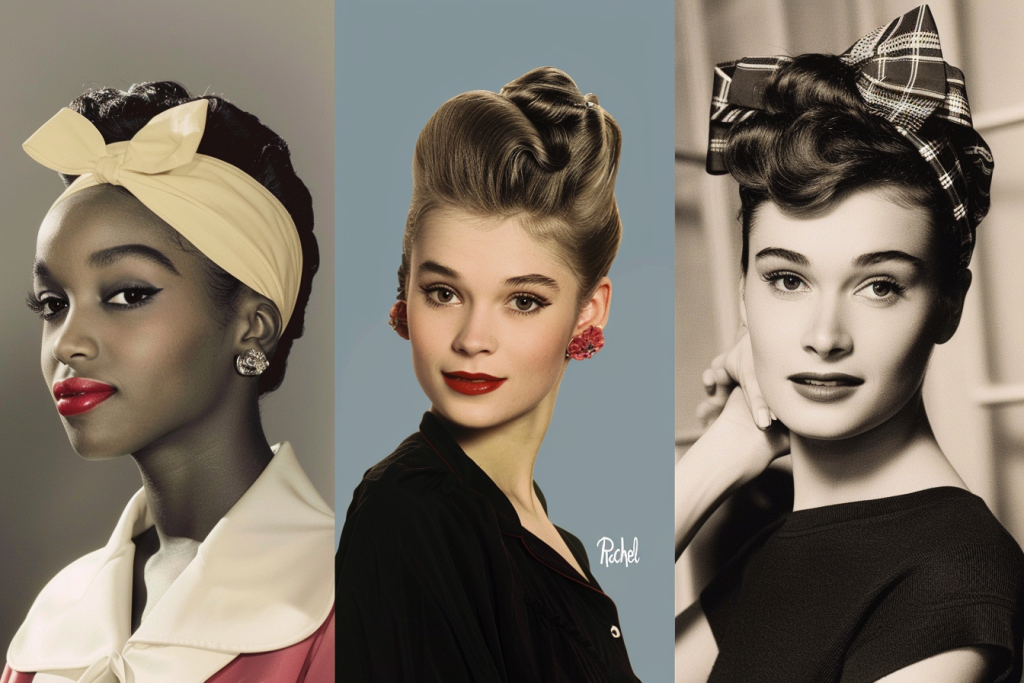
Fast forward to the 1950s, when the flawlessly styled dos of people like Marilyn Monroe and Audrey Hepburn showed off the post-war prosperity and the era’s focus on looking groomed to perfection. But then, the 1960s and 70s went the other way, with the counterculture movement going all-in for natural hair textures, long, free-flowing hair, and the afro, rocking them as symbols of freedom, rebellion, and cultural pride.
The 1980s was all about going big or going home. Perms, mullets, and the iconic “Rachel” cut of the 90s showed off the decade’s love for edgy and sleek styles. These looks, heavily influenced by the growing celebrity culture and TV, showed off the tech advancements of the era and how they changed fashion and beauty standards.
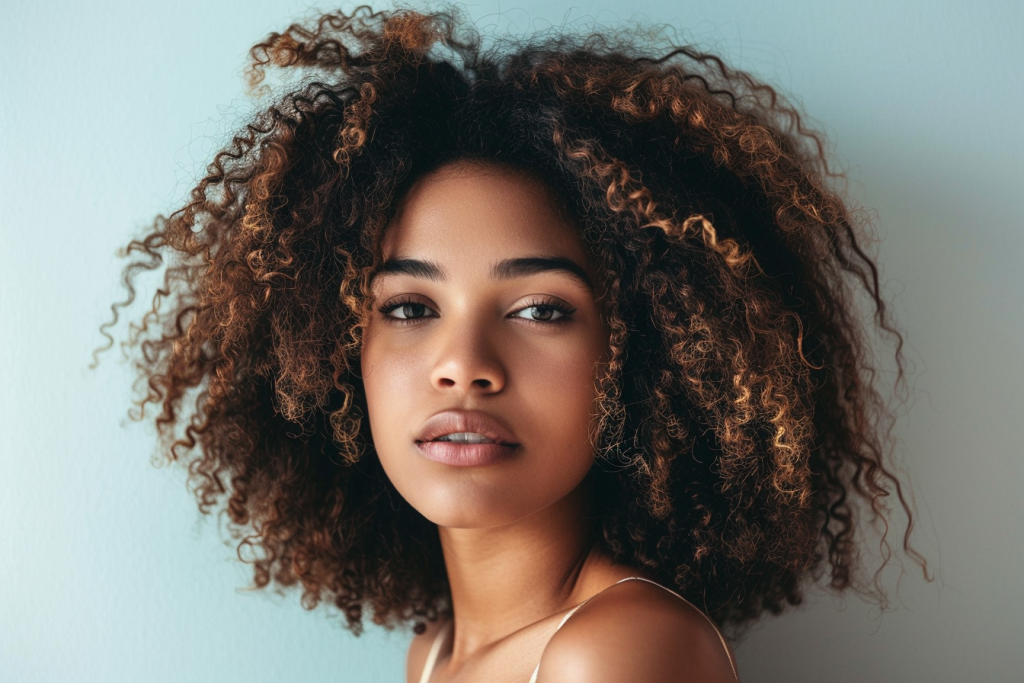
Nowadays, thanks to the internet and social media, everyone has a say in beauty and fashion, leading to a whole range of hairstyles that celebrate being unique and different. The current scene is a mix of old trends, but with a modern twist, and a growing focus on natural and sustainable beauty practices.
In the US, women’s hairstyles are more than just about personal style—they’re a vibrant display of history, culture, and identity. They tell stories of rebellion, of going with the flow, of liberation, and of empowerment, showing the cool dynamics between personal choices and bigger societal trends.
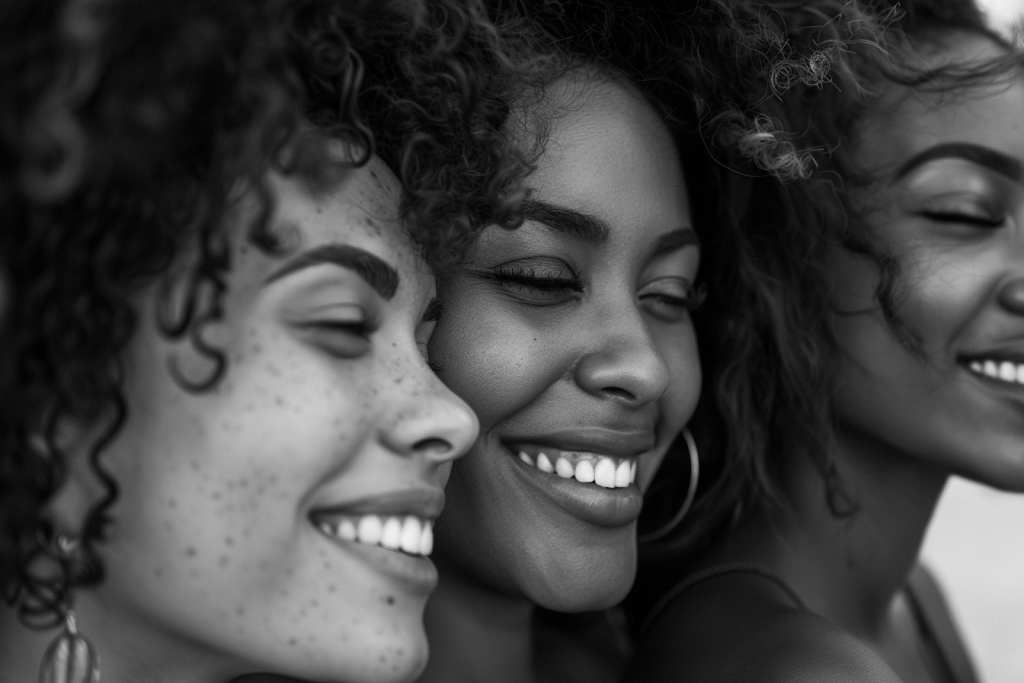
As we keep moving through the 21st century, watching how women’s hairstyles evolve is a super interesting way of seeing how American culture changes. It’s a reminder that every curl, every braid, and every chop says something, and is a form of expression that’s both deeply personal and speaks to everyone.
Why not share this trip through America’s hair history with your friends and chat about what these changing styles say about us as a society and as individuals? Let’s celebrate the diverse and ever-changing beauty of our beloved locks!



